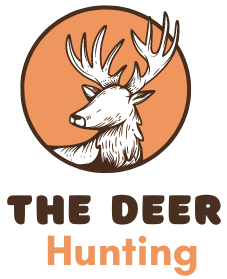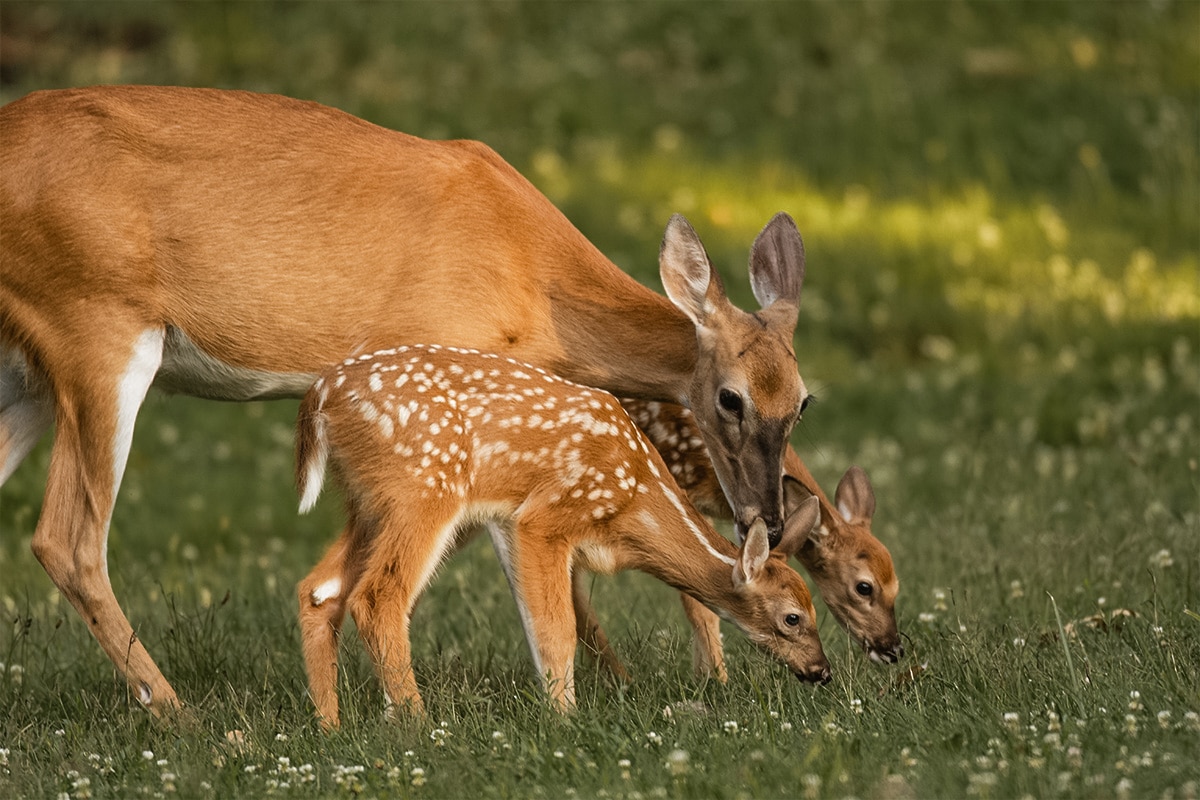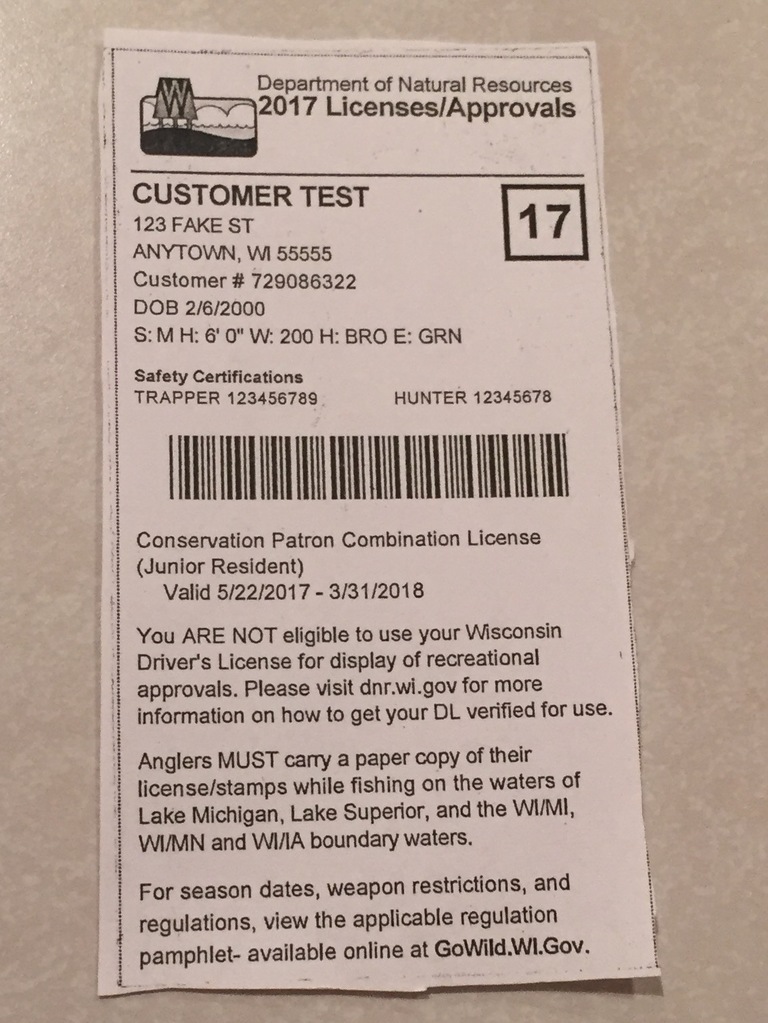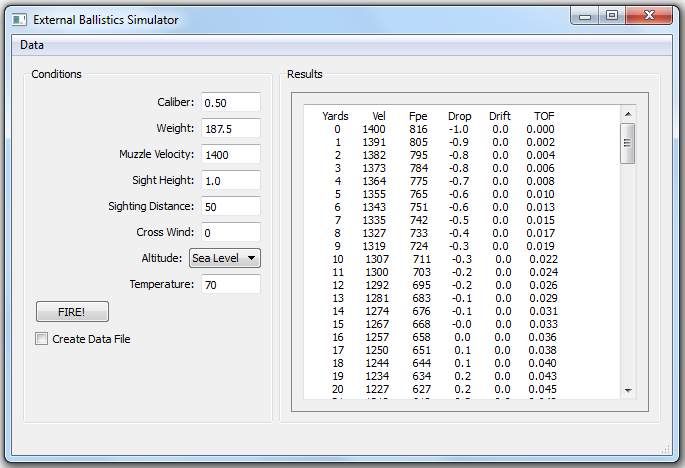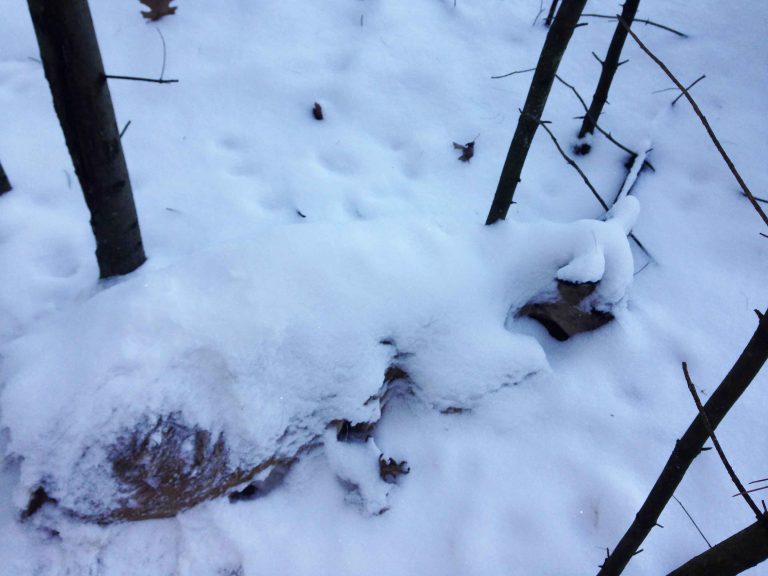What is the Gestation Period for Whitetail Deer: Essential Facts
The gestation period for whitetail deer is about 200 days. This means it takes around six to seven months for a doe to give birth.
Whitetail deer are fascinating creatures, and their reproduction cycle is no exception. Understanding the gestation period can help in wildlife management and conservation efforts. It also provides insight into the breeding habits and life cycles of these graceful animals. During this time, the doe prepares to bring new life into the world, ensuring the survival of the species.
This period is critical for the health of both mother and fawn. Knowing the length and importance of the gestation period helps us appreciate the natural processes that sustain whitetail deer populations. Let’s explore more about this essential phase in a whitetail deer’s life.
Introduction To Whitetail Deer
Whitetail deer are fascinating creatures. They are known for their distinctive white tails. These deer are common in North America. They are often seen in forests, fields, and even suburban areas.
Habitat And Range
Whitetail deer have a wide range. They live in many parts of North America. You can find them from Canada to South America. They prefer areas with mixed forests and open spaces. This provides them with both food and cover. They also adapt well to different environments.
Here is a table showing their preferred habitats:
| Habitat | Description |
|---|---|
| Forests | Dense areas with trees and underbrush |
| Fields | Open spaces with grasses and shrubs |
| Suburban Areas | Residential zones with gardens and parks |
Physical Characteristics
Whitetail deer are medium-sized mammals. They have a reddish-brown coat in summer. In winter, their coat turns grayish-brown. This helps them blend with their surroundings.
- Height: 3 to 4 feet at the shoulder
- Weight: 100 to 300 pounds
- Lifespan: 6 to 14 years in the wild
Male deer, called bucks, have antlers. These antlers are shed and regrown each year. Female deer, called does, do not have antlers. Both sexes have large ears and a keen sense of smell.
The whitetail deer is known for its agility. They can run up to 30 miles per hour. They are also strong swimmers. Their white tail is lifted when they sense danger. This is a signal to other deer.
Understanding Gestation Period
The gestation period is a crucial phase in the life cycle of whitetail deer. It is the time during which the female deer, also known as a doe, carries her developing offspring. For wildlife enthusiasts and hunters, understanding this period is vital. It helps in conservation efforts and managing deer populations effectively.
Definition And Importance
The gestation period for whitetail deer typically lasts around 200 days. During this time, the doe nurtures the fawn inside her womb until it is ready for birth. This period is important because it determines the health and survival of the fawn. A healthy gestation period ensures a robust and healthy deer population.
Factors Influencing Gestation
Several factors can influence the gestation period of whitetail deer. These include:
- Nutrition: Adequate food supply ensures a healthy gestation.
- Climate: Harsh weather can affect the doe’s health and the gestation period.
- Health of the Doe: A healthy doe is more likely to have a successful gestation period.
- Genetics: Genetic factors can also play a role in the length and success of gestation.
Understanding these factors is essential for those involved in deer management and conservation.
Whitetail Deer Reproduction Cycle
The reproduction cycle of whitetail deer is a fascinating process. It involves several stages from mating to birth. Understanding this cycle helps in managing deer populations. It also aids in conservation efforts. Let’s explore the key stages of this cycle.
Mating Season
The mating season for whitetail deer, known as the rut, occurs in fall. During this time, bucks become more active. They travel long distances in search of does. Bucks also engage in fights to establish dominance. These encounters are intense and can result in injuries.
Does enter a period called estrus during the rut. This phase lasts about 24 hours. If not mated, a doe may go into estrus again after 28 days. The timing of the rut ensures that fawns are born in spring. This season offers the best conditions for their survival.
Courtship Behavior
Courtship behavior in whitetail deer is intriguing. Bucks use various methods to attract does. They make scrapes on the ground and rub trees with their antlers. These actions leave scent marks. Does visit these marked areas to find suitable mates. Bucks also emit vocal sounds called grunts. These sounds communicate their presence to does.
Once a doe shows interest, the buck follows her closely. This behavior is known as tending. The buck stays with the doe until she is ready to mate. This process ensures the doe’s safety and increases the chances of successful mating. Understanding these behaviors provides insight into the reproductive strategies of whitetail deer.
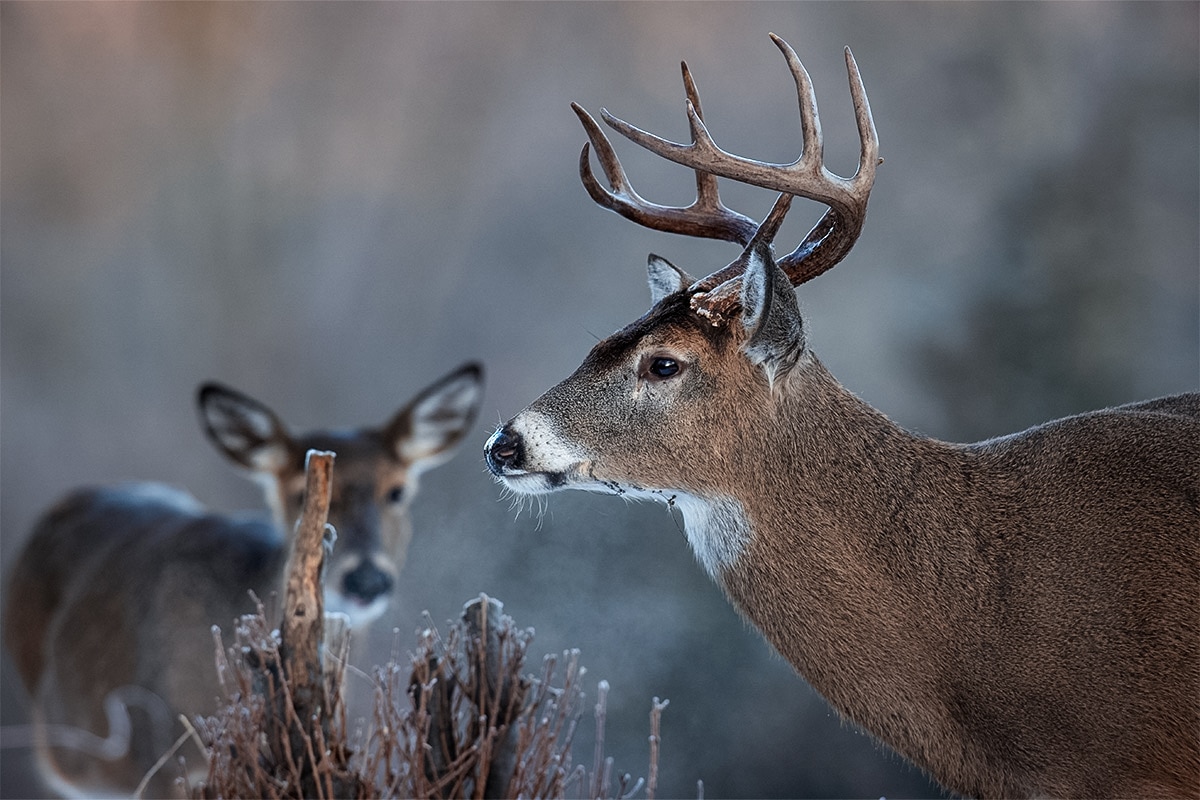
Credit: freerangeamerican.us
Gestation Period Of Whitetail Deer
Understanding the gestation period of whitetail deer is essential for wildlife enthusiasts and hunters alike. This period covers the time from conception to the birth of fawns. It is a crucial phase in the life cycle of these animals. Knowing about the stages and duration helps manage and protect deer populations effectively.
Duration
The gestation period for whitetail deer typically lasts around 200 days. This period can vary slightly, depending on factors like the health of the doe and environmental conditions. The average range is between 190 to 210 days.
During this time, the doe undergoes significant physiological changes. These changes prepare her to nourish and protect her developing fawn.
Development Stages
The development of the fawn inside the doe occurs in several distinct stages:
- First Month: After fertilization, the embryo starts to develop basic structures. The heart begins to form and beat.
- Second Month: The limbs and major organs start to develop. The fawn begins to take on a recognizable shape.
- Third Month: The fawn’s features become more distinct. The development of the coat and hooves occurs.
- Fourth Month: The fawn continues to grow rapidly. By now, it has a fully developed coat and can move within the womb.
- Fifth to Seventh Month: The fawn gains weight and strength. It prepares for birth, developing the ability to stand and walk shortly after being born.
Each stage is vital for the proper growth and health of the fawn. Understanding these stages can aid in better wildlife management practices.
Factors Affecting Gestation
Gestation in whitetail deer is influenced by various factors. Understanding these factors can help in managing deer populations. Here, we will discuss two main factors affecting gestation: environmental conditions and nutritional needs.
Environmental Conditions
Environmental conditions play a crucial role in the gestation period. Harsh weather can stress pregnant does. Cold winters or extremely hot summers can affect their health. Stress can lead to longer or more difficult pregnancies. Deer need suitable habitats to thrive during gestation. Shelter, water, and safe spaces are essential.
Nutritional Needs
Nutrition is vital for a healthy gestation period. Pregnant does require a balanced diet. They need more calories and nutrients. Lack of food can lead to complications. Healthy diets support fetal development. Access to high-quality food sources is crucial. Protein, vitamins, and minerals are important for both the doe and the fawn.
Signs Of Pregnancy In Whitetail Deer
Understanding the signs of pregnancy in whitetail deer helps in wildlife management. It also aids in ensuring the health of these graceful creatures. Recognizing these signs early on is crucial. Let’s dive into the physical and behavioral changes that occur during this period.
Physical Changes
One of the first physical signs is a swollen abdomen. It becomes more noticeable as the pregnancy progresses. The doe’s teats will also start to swell. This prepares her for nursing her fawns. You may also observe a shiny, healthier coat. This indicates good health and proper nutrition.
Behavioral Changes
Pregnant does often become more cautious. They avoid areas with high human activity. They also isolate themselves from the herd. This behavior ensures a safe environment for giving birth. You may notice them resting more frequently. This conserves energy for the demanding days ahead.
Care For Pregnant Whitetail Deer
Caring for pregnant whitetail deer is crucial for their health and the development of their fawns. Proper care involves understanding their habitat needs and dietary requirements. This ensures a safe and nurturing environment for these animals. Below are key factors to consider.
Habitat Management
Creating a safe habitat is vital for pregnant whitetail deer. They need areas with dense cover for protection. Safe spots help them avoid predators. These areas also provide shelter from harsh weather. Maintain a balance of open spaces and cover. This setup allows the deer to find food easily. It also ensures they feel secure.
Dietary Requirements
Pregnant whitetail deer need a balanced diet. Proper nutrition supports their health and the growth of their fawns. High-quality forage is essential. They need a mix of plants, including leaves, stems, and fruits. Ensure they have access to fresh water. This helps them stay hydrated, which is crucial during pregnancy. Supplement their diet with minerals. Minerals like calcium and phosphorus support bone development in fawns.
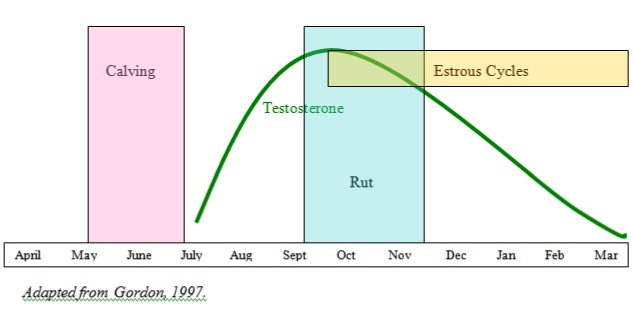
Credit: www.ansci.wisc.edu
Birth And Fawn Care
The birth of a whitetail deer fawn is a special event. The care the mother provides to her fawn is crucial for its survival. Understanding this process helps us appreciate the delicate balance of nature.
Birthing Process
The birthing process begins in late spring. The doe finds a secluded spot to give birth. She often chooses dense vegetation or tall grass. This provides cover from predators.
The doe usually gives birth to one or two fawns. In rare cases, she may have three. The birthing process is quick and typically occurs without complications. The fawns are born with their eyes open.
Early Fawn Development
Newborn fawns weigh around 4 to 8 pounds. They are covered in white spots. These spots help them blend into their surroundings. For the first few weeks, fawns spend most of their time hiding. They lie still to avoid detection by predators.
The mother returns to nurse her fawns several times a day. The fawns grow rapidly. Within a few weeks, they start to follow their mother. By the time they are a few months old, they can run and escape from danger.
| Age | Development Milestone |
|---|---|
| Newborn | Eyes open, covered in white spots, weighs 4-8 pounds |
| Few Weeks | Hiding, mother nurses several times a day |
| Few Months | Following mother, capable of running |
The early care provided by the mother ensures the fawns’ survival. This period is critical for their growth and development.
Conservation And Management
Conservation and management of whitetail deer are crucial for maintaining a balanced ecosystem. Effective strategies ensure that the deer population remains healthy and does not negatively impact their habitats. Below, we explore key aspects of population control and the impact on ecosystems.
Population Control
Managing the population of whitetail deer is essential. Overpopulation can lead to significant problems. These include overgrazing, which reduces food availability for other species. Hunting seasons are one common method to control deer numbers. This helps maintain a stable population size. Additionally, wildlife agencies may use birth control methods. These methods include contraceptive vaccines. They help keep the population in check without harming the animals.
Impact On Ecosystems
The presence of whitetail deer has a profound impact on ecosystems. Deer play a key role in shaping their environment. When their numbers are balanced, they help control plant growth. This promotes biodiversity by allowing various plant species to thrive. However, too many deer can lead to overgrazing. This damages forests and reduces habitat quality for other animals.
Consider the following impacts of an imbalanced deer population:
- Plant Depletion: Overgrazing by deer can deplete native plant species.
- Soil Erosion: Loss of vegetation can lead to soil erosion.
- Reduced Biodiversity: Fewer plant species can support fewer animal species.
To prevent these issues, wildlife managers monitor deer populations closely. They adjust management strategies based on ecological data. This ensures a balanced ecosystem where all species can thrive.
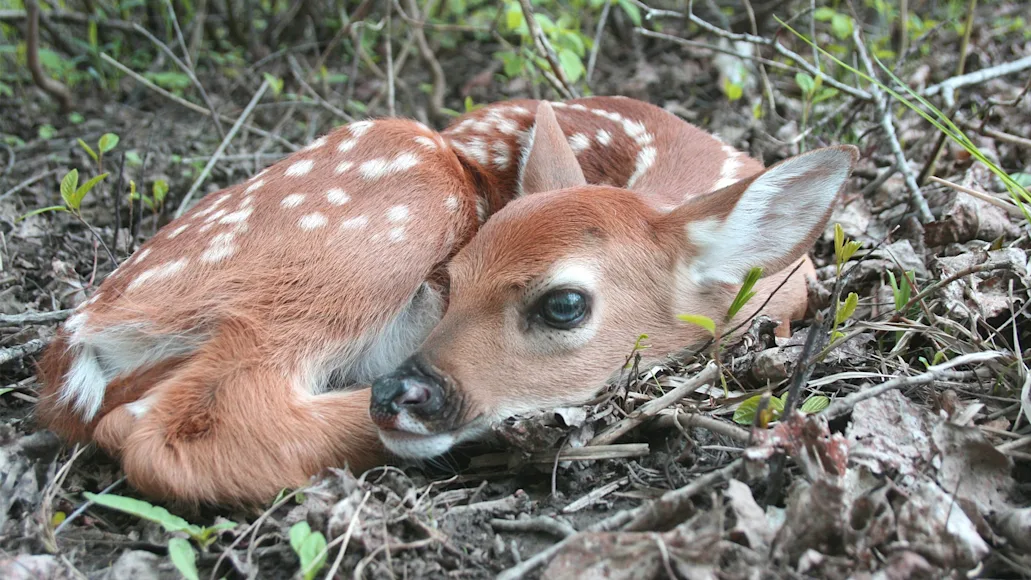
Credit: www.fieldandstream.com
Frequently Asked Questions
How Long Is The Gestation Period For Whitetail Deer?
The gestation period for whitetail deer is approximately 200 days. This usually results in fawns being born in late spring or early summer.
When Do Whitetail Deer Usually Give Birth?
Whitetail deer typically give birth in late spring or early summer. This timing ensures that fawns are born during a period of abundant food and mild weather.
How Many Fawns Do Whitetail Deer Have?
Whitetail deer usually give birth to one or two fawns. In some cases, they can have up to three fawns.
What Factors Affect Whitetail Deer Gestation?
Factors affecting whitetail deer gestation include age, health, and environmental conditions. Proper nutrition and minimal stress can lead to a healthy pregnancy.
Conclusion
Understanding the gestation period for whitetail deer is crucial for wildlife enthusiasts. It typically lasts around 200 days. Knowing this helps in planning conservation efforts. It also aids hunters in tracking deer populations. Observing these animals can be fascinating. Their reproductive cycle ensures species survival.
Keep this information in mind. It enriches your knowledge about whitetail deer. Whether you enjoy hunting or simply watching, this insight is valuable. Stay curious and continue learning about nature.
